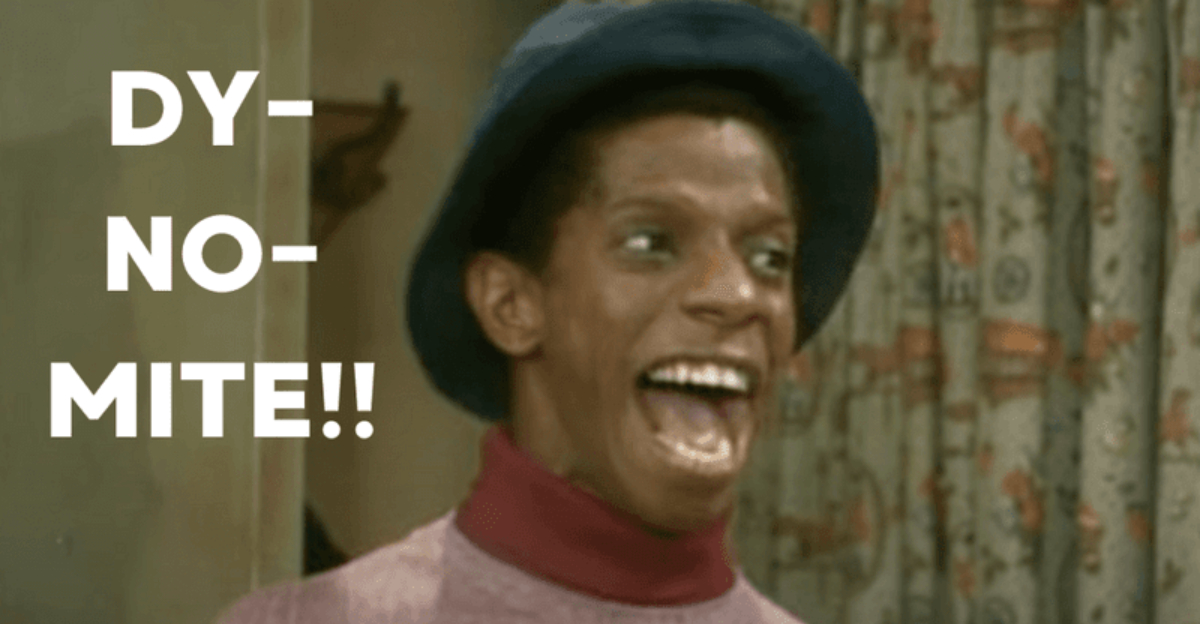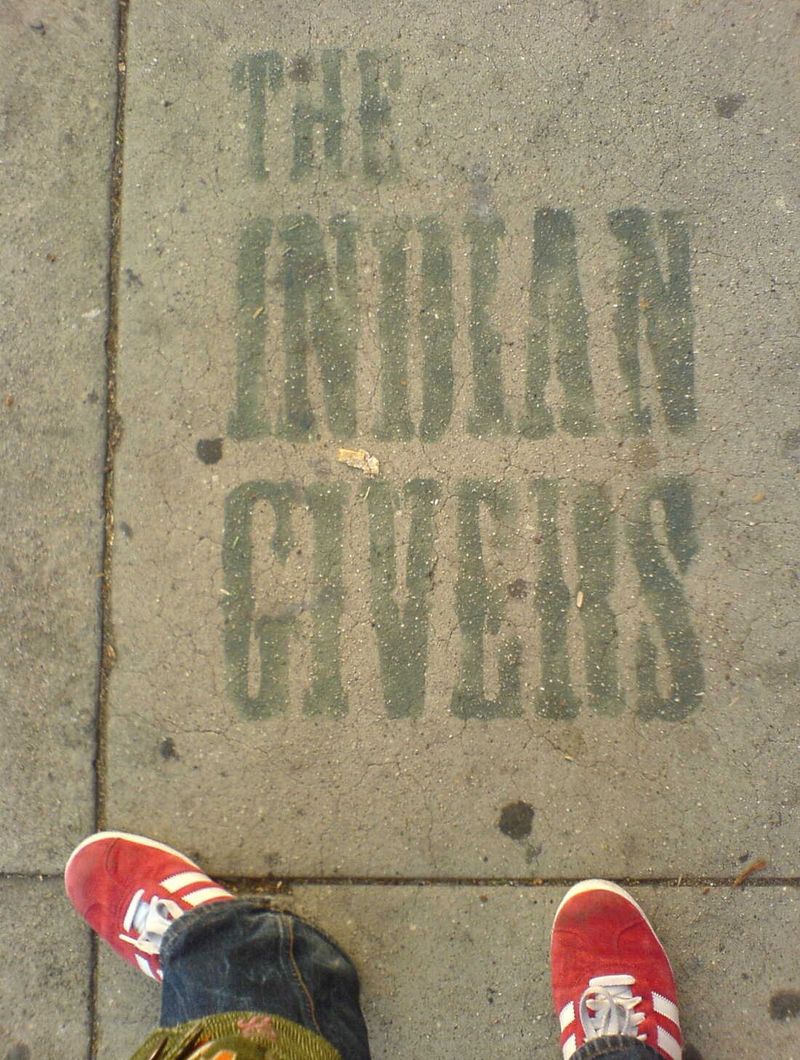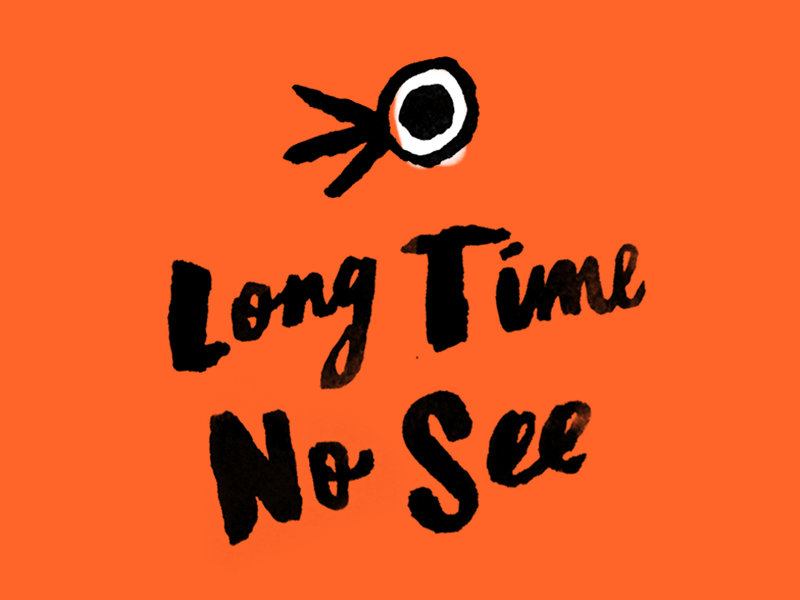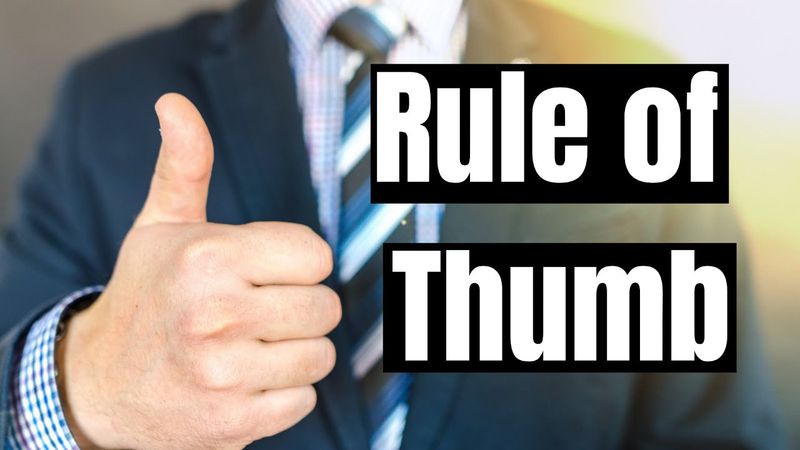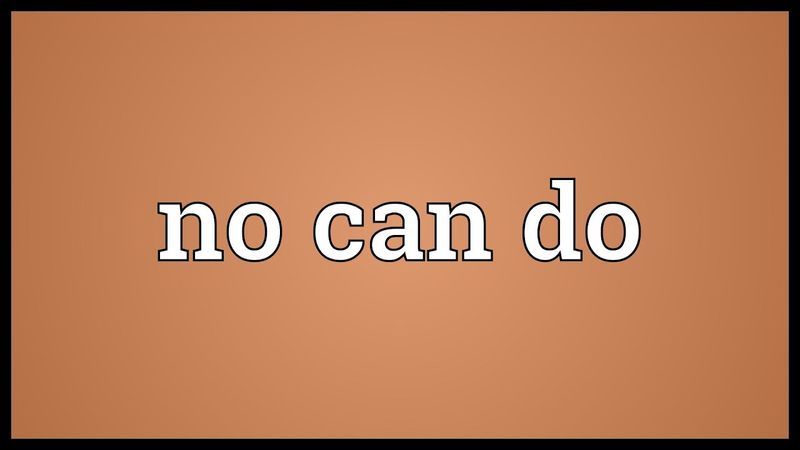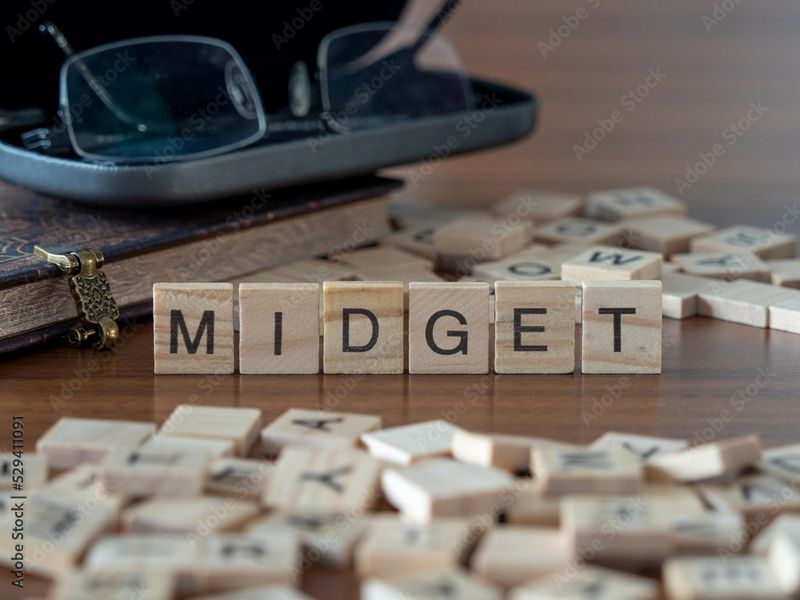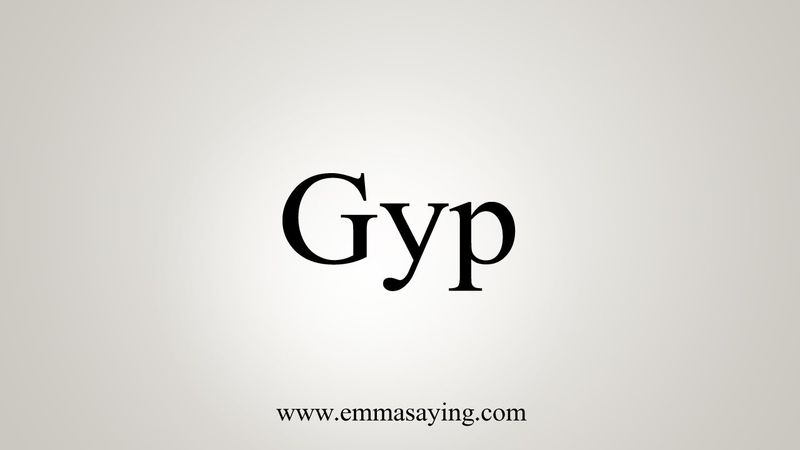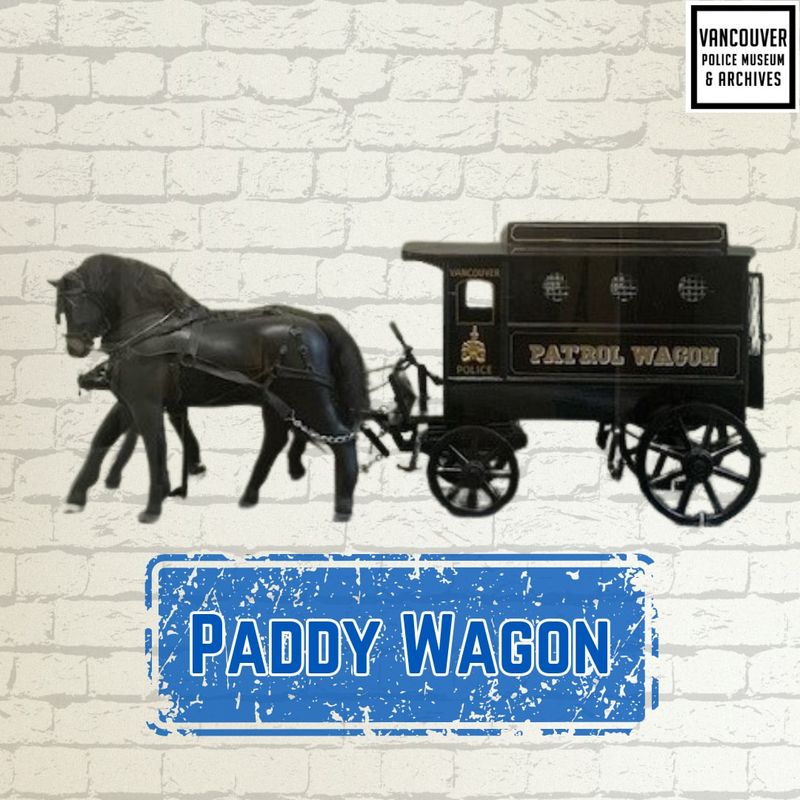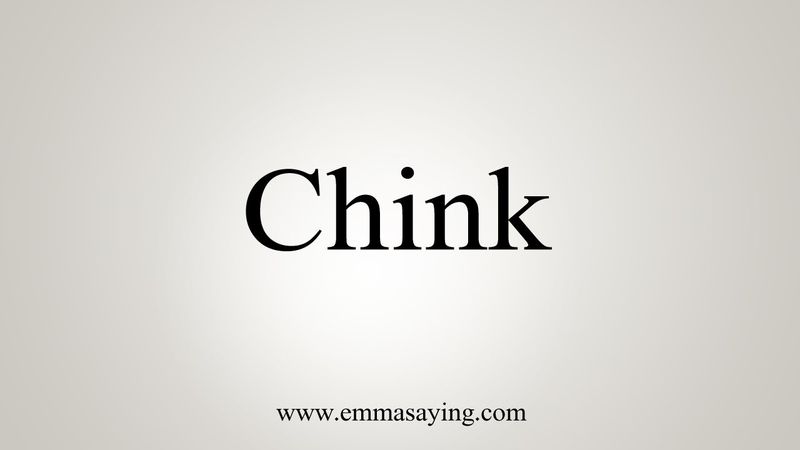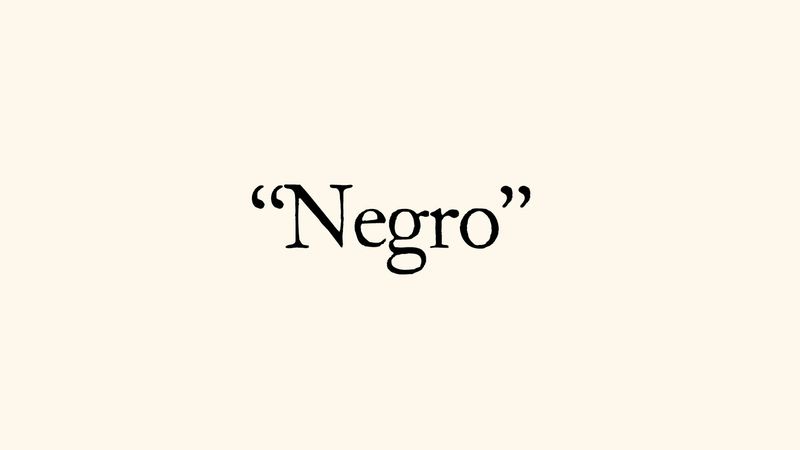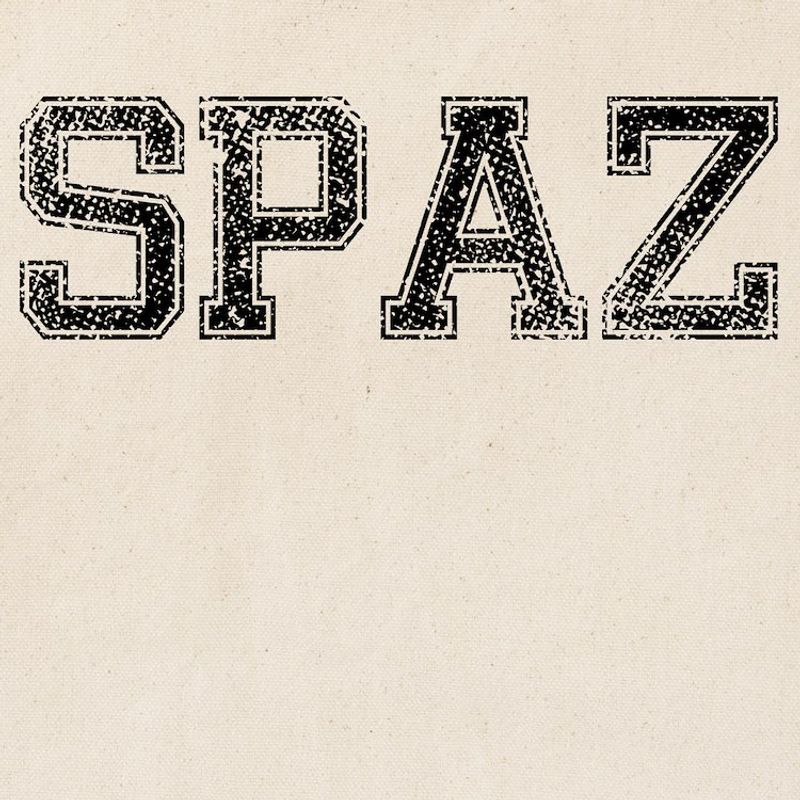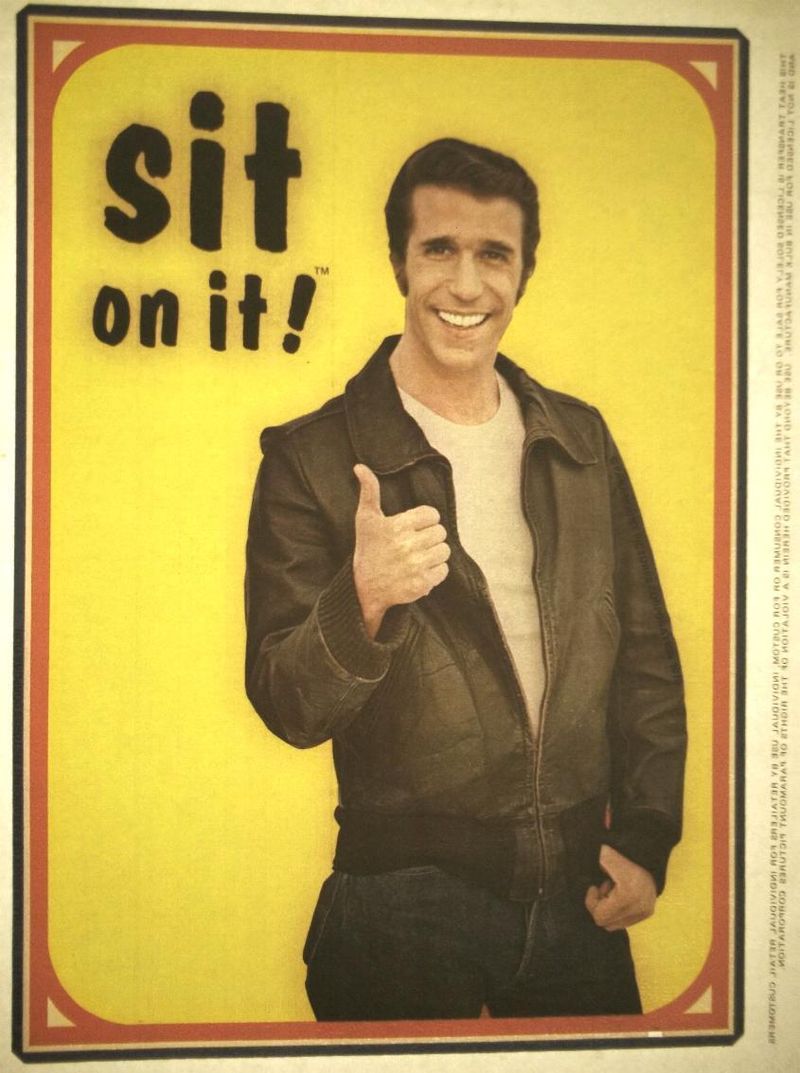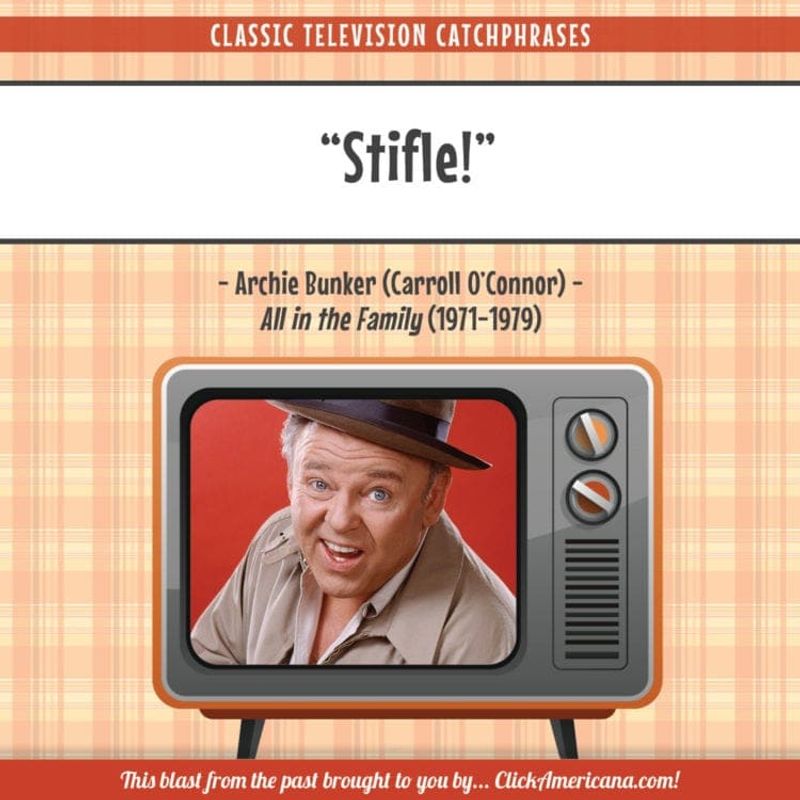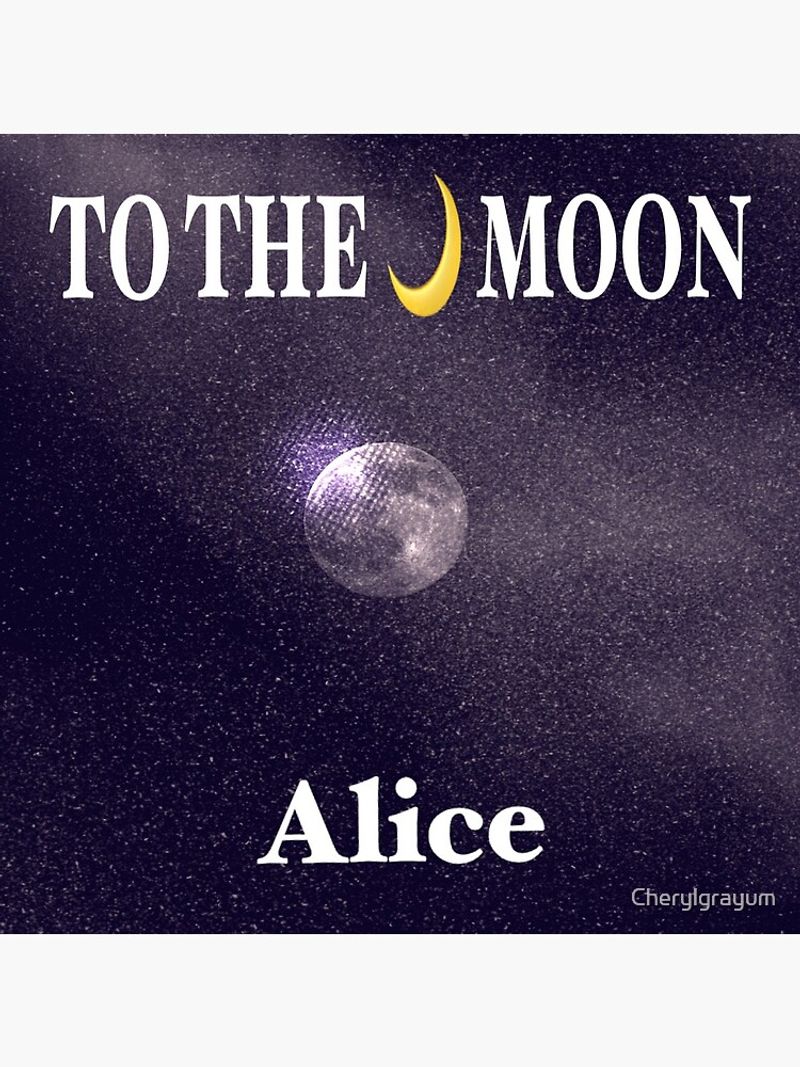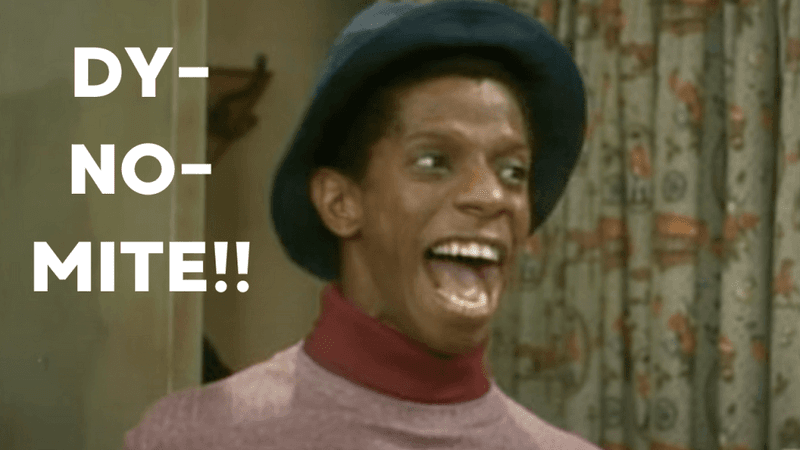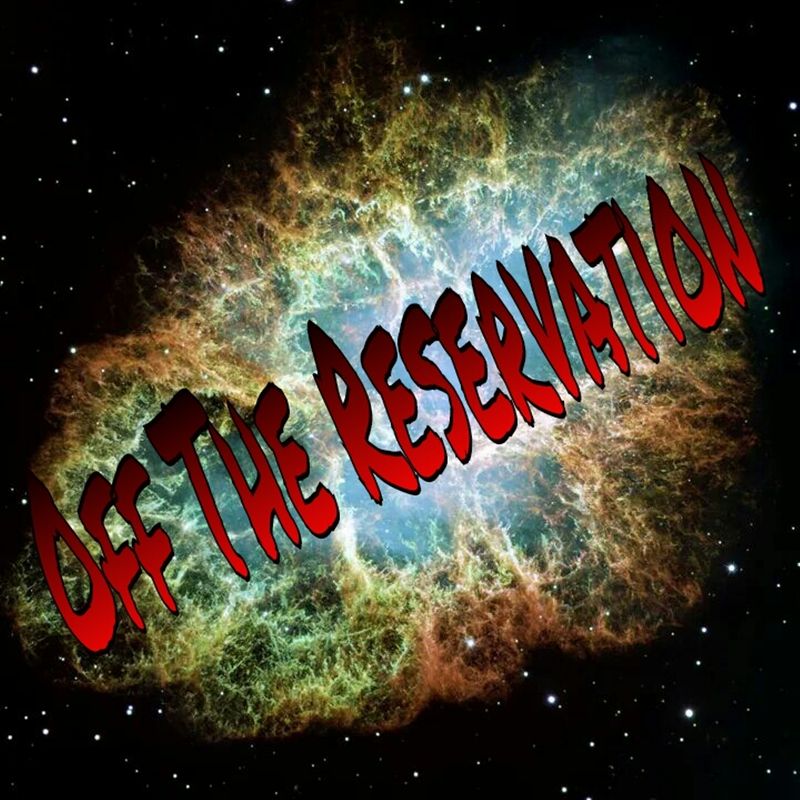Words change over time, just like fashion and music. What was perfectly normal to say in the 1970s might cause gasps or uncomfortable silence today.
Society has grown more aware of how language can hurt or exclude people, leading to major shifts in what’s considered acceptable speech since the disco era.
1. “Indian Giver” – A Phrase That Missed the Mark
The playground echoed with this term whenever a child reclaimed a toy after sharing. Based on cultural misunderstandings between European settlers and Native Americans, this phrase perpetuated harmful stereotypes about Indigenous peoples.
Gift-giving customs varied greatly between cultures, leading to confusion and this offensive label. Children used it without understanding its problematic origins or the pain it caused.
Today, we recognize how this expression disrespects Native American communities and reinforces negative stereotypes. Most schools now teach kids about respecting cultural differences rather than using phrases that minimize rich and complex traditions.
2. “Long Time No See” – From Mockery to Mainstream
Greeting friends with “long time no see” happened constantly in the ’70s without a second thought. Few realized this casual hello originated from making fun of Native Americans and Chinese immigrants speaking English.
The phrase mimicked broken English patterns in a derogatory way. Yet it became so embedded in everyday speech that most people used it innocently, unaware of its roots in linguistic discrimination.
Modern understanding recognizes how such expressions arose from ridiculing non-native English speakers. While still occasionally used today, many people now choose alternative greetings that don’t have problematic origins.
3. “Rule of Thumb” – A Disturbing Origin Story
Business meetings and casual conversations in the ’70s frequently included this common measurement reference. The phrase flowed freely despite its alleged connection to an old English law permitting men to beat their wives with sticks no thicker than their thumbs.
Office managers used it to explain procedures. Parents employed it when teaching practical skills. Nobody questioned its appropriateness or stopped to consider its troubling backstory.
Current sensitivity around domestic violence has made many reconsider using this expression. Though historians debate whether the connection to wife-beating laws is accurate, the association alone makes the phrase problematic in modern discourse about violence against women.
4. “No Can Do” – Linguistic Mockery Disguised as Slang
Teenagers and adults alike peppered conversations with this casual refusal throughout the ’70s. The catchy phrase rolled off tongues without recognition that it originated from mocking Chinese immigrants’ English.
Television shows incorporated it into scripts. Pop culture embraced it wholeheartedly. The expression became so normalized that its roots in pidgin English used to ridicule an entire ethnic group remained invisible to most speakers.
Cultural awareness has evolved significantly since then. Many people now avoid phrases born from mocking non-native English speakers, recognizing how language can perpetuate harmful stereotypes even when users have no negative intent.
5. “Midget” – A Term That Diminished Human Dignity
Circus advertisements and everyday conversations casually featured this word to describe people of short stature. Entertainment venues promoted “midget wrestling” without considering the term’s dehumanizing impact.
Children’s books and television shows reinforced the term’s usage. Even medical professionals sometimes employed it, despite its increasingly recognized harmful effects on those it purported to describe.
Today’s understanding acknowledges how such terminology reduces individuals to their physical characteristics. Medical and social standards now recommend respectful language like “person with dwarfism” that puts the person before their condition and respects the dignity of all community members.
6. “Gyp” – The Casual Slur Hidden in Plain Sight
Shoppers in the ’70s complained about being “gypped” whenever they felt cheated by a purchase. The verb slipped into daily vocabulary without most users connecting it to the ethnic slur against Romani people from which it derived.
Conversations about bad deals or shoddy products almost inevitably included this term. Kids learned it from parents and television, perpetuating its use without understanding its discriminatory nature.
Modern awareness recognizes this expression as harmful to Romani communities. The term reinforces centuries-old stereotypes portraying Romani people as dishonest or prone to swindling – prejudices that continue to fuel discrimination against these communities worldwide.
7. “Paddy Wagon” – Transportation With a Side of Prejudice
News reports and casual conversations about arrests commonly mentioned the “paddy wagon” arriving at the scene. This seemingly innocent nickname for police transport vehicles carried deeply offensive connotations toward Irish Americans.
The term originated from anti-Irish sentiment in 19th-century America, with “Paddy” being a derogatory nickname for Patrick, a common Irish name. It implied Irish people were typically criminals needing police transport.
Contemporary understanding recognizes how such terminology perpetuates harmful ethnic stereotypes. Law enforcement and media outlets now generally use neutral terms like “police van” or “transport vehicle” instead of language that carries discriminatory historical baggage.
8. “Chink” – The Casual Racial Slur in Neighborhoods
Neighborhood conversations sometimes included this highly offensive term when referring to Chinese restaurants or Asian-owned businesses. The racial slur appeared in everyday speech, movies, and even some children’s rhymes without sufficient social pushback.
People used it casually, often without fully recognizing the deep hurt it caused Asian communities. Some claimed ignorance about its offensive nature despite its clear use as a derogatory reference.
Modern society recognizes this word as an unacceptable racial slur. Educational efforts have helped people understand why such language is harmful, and social consequences for using such terms have become appropriately serious, reflecting greater respect for Asian communities.
9. “Negro” – From Standard Term to Outdated Language
Government forms and official documents throughout the ’70s often listed “Negro” as a standard racial category. Unlike some entries on this list, this term wasn’t created with malicious intent but became outdated as preferred terminology evolved.
Organizations like the United Negro College Fund incorporated it into their names. Many Black Americans of older generations used it as a self-identifier before “Black” and later “African American” became more widely adopted.
Language shifts reflected changing social movements and self-determination. What makes this term inappropriate today isn’t just the word itself but understanding that communities have the right to choose how they’re identified, and terminology evolves with greater awareness and respect.
10. “Spaz” – Playground Insult With Medical Roots
Schoolyard taunts and casual conversations frequently included calling clumsy friends a “spaz” without a second thought. The term derived from “spastic,” a medical condition associated with cerebral palsy, though most users were oblivious to this connection.
Television characters used it for laughs. Children’s games incorporated it as a playful insult. The word became divorced from its origins in many people’s minds, despite its continued potential to hurt those with disabilities.
Current understanding recognizes this term as ableist language that makes light of real medical conditions. Schools now typically teach children about respectful communication that doesn’t turn disabilities into casual insults or punchlines.
11. “Sit on it!” – The Fonz’s Comeback Turned Problematic
Fans of “Happy Days” mimicked this dismissive catchphrase everywhere in the ’70s. The Fonz made it cool, and suddenly schoolyards and offices echoed with people telling others to “sit on it” when disagreeing or brushing someone off.
Merchandise featured the saying. Children repeated it without fully understanding its suggestive undertones. The phrase carried an implied vulgarity that somehow slipped past television censors of the era.
Modern sensibilities recognize this retort as potentially disrespectful and inappropriately suggestive, especially for younger audiences. Today’s family programming employs more thoughtful language that doesn’t normalize dismissive attitudes or contain hidden adult references.
12. “Stifle!” – Archie Bunker’s Sexist Command
Living rooms across America erupted in laughter when Archie Bunker barked “Stifle!” at his wife Edith on “All in the Family.” The command to be quiet became a catchphrase despite its deeply problematic implications.
Husbands jokingly repeated it to their wives. The show intended to portray Archie as backwards and prejudiced, but some viewers missed that critical context. What was meant as satire sometimes normalized dismissive behavior toward women.
Contemporary audiences recognize how this type of language reinforces gender power imbalances. Modern sitcoms generally avoid portraying such blatantly sexist dynamics without clear criticism, reflecting evolved understanding about respectful communication between partners.
13. “To the Moon, Alice!” – Domestic Violence as Comedy
Reruns of “The Honeymooners” kept this phrase alive well into the ’70s, with Ralph Kramden’s threat becoming a recognizable punchline. People quoted it casually, mimicking Ralph’s raised fist and angry expression without considering the underlying message.
Comedy routines incorporated the reference. Halloween costumes even paired couples as Ralph and Alice. The implication of physical violence against a spouse somehow registered as humorous rather than disturbing.
Society now acknowledges that joking about domestic violence normalizes abuse. What once passed for comedy now stands as an uncomfortable reminder of how entertainment once trivialized serious issues that destroy lives and families.
14. “Dy-no-mite!” – Stereotype Packaged as Catchphrase
J.J. Evans’ exuberant exclamation from “Good Times” became a national phenomenon in the ’70s. Fans of all backgrounds shouted it in celebration, often stretching out each syllable just like the character.
T-shirts displayed the word in bold letters. Comedians incorporated it into routines. Few recognized how the character’s exaggerated expressions sometimes played into troubling stereotypes about Black Americans.
Modern media criticism examines how such portrayals, while beloved, sometimes reinforced limiting characterizations of Black communities. Contemporary entertainment strives for more nuanced representation that celebrates cultural expression without reducing complex identities to catchphrases or exaggerated behaviors.
15. “Off the Reservation” – Colonial History as Casual Metaphor
Political commentators and everyday conversations regularly used this phrase to describe someone acting unpredictably or breaking from expected norms. The expression appeared in newspapers, television discussions, and workplace conversations throughout the decade.
Most speakers remained unaware of its connection to the forced relocation of Native Americans to reservations. They used it without considering how it referenced a painful history of displacement and cultural destruction.
Current understanding recognizes this phrase as inappropriate because it trivializes the traumatic historical experiences of Indigenous peoples. The expression frames Native Americans leaving designated lands as deviant behavior, ignoring the context of how reservations represented confinement rather than voluntary living arrangements.
